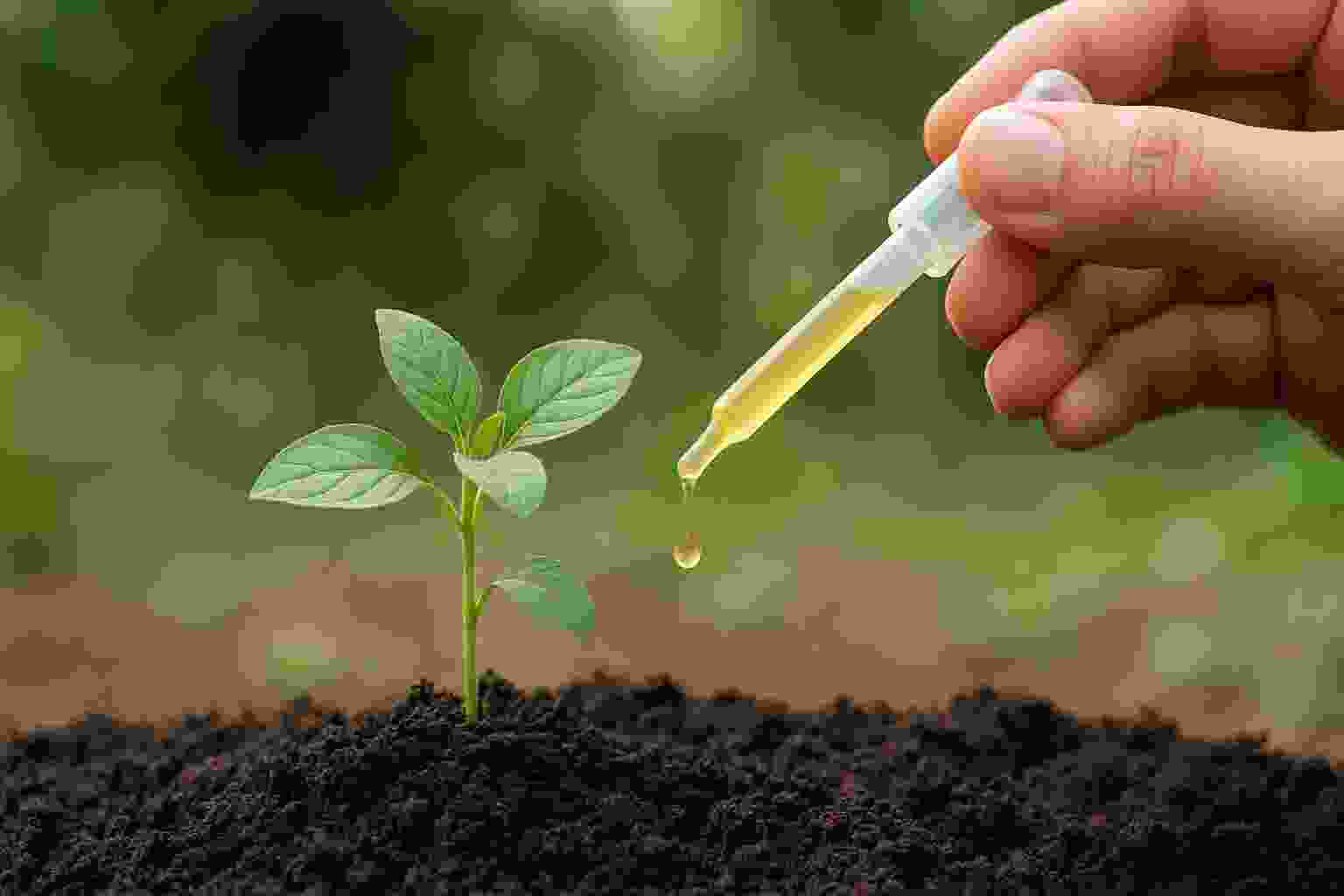


Biostimulants enhance plant stress tolerance, root growth, and nutrient efficiency—offering smarter, sustainable crop solutions.
Biostimulants are substances or microorganisms applied to plants or soils to enhance nutrient uptake, tolerance to abiotic stress, or crop quality—without acting as fertilizers or pesticides.
They function by:
Common categories include:
While they don’t directly supply nutrients, biostimulants help plants use available nutrients more efficiently.
No, plant response varies based on species, growth stage, environment, and biostimulant type. In trials published by Frontiers in Plant Science, tomato and pepper plants showed 18–25% yield increases with protein hydrolysates, whereas similar treatments yielded minimal results in cereals.
Key variables influencing results:
Biostimulants often work best under stress conditions—such as drought, salinity, and heat—where their effects on cell regulation and root vigor become more pronounced.
Orthosilicic acid is one of the most bioavailable forms of silicon, known for its impact on plant structure and immunity. It is absorbed quickly and contributes to higher leaf rigidity, stronger stems, and reduced water loss.
Its role as a biostimulant is backed by several studies showing its effectiveness in mitigating stress in cucurbits, rice, and strawberries. Farmers seeking to enhance their resilience during climate extremes often opt to purchase orthosilicic acid for plants due to its compatibility with both hydroponic and soil-based systems.
Even with small application rates (5–10 ppm), results include:
When integrated with potassium and calcium routines, it synergizes plant structure and function.
Indeed, numerous peer-reviewed studies attest to their advantages. According to a study in Scientific Reports, humic acids increased lettuce’s root elongation by 34%. Seaweed extracts increased the amount of chlorophyll in maize under heat stress by 22%, according to another experiment.
The European Biostimulants Industry Council (EBIC) also emphasizes their role in:
These results aren’t universal, but consistent performance across crop groups, such as Solanaceae, Brassicas, and Legumes, builds trust in specific formulations.
The crops that benefit the most are those that undergo stressful periods, such as fruit setting or root formation. When exposed to biostimulants, high-value horticultural crops often exhibit rapid, visible responses.
Examples of strong responders:
Timing is crucial. For instance, applying amino acids during flowering supports protein synthesis, while seaweed extract before transplanting enhances root shock recovery.
No, biostimulants don’t replace fertilizers—they optimize their efficiency. They are considered complementary tools.
For example:
Compared to fertilizer alone, the combination of seaweed extract and balanced NPK enhanced spinach yield by 28% in a comparative study conducted in South India. Although biostimulants improve how plants use fertility, it is still essential.
“Biostimulants don’t feed the plant; they teach the plant how to feed better.”
That perspective changed how I used them. It wasn’t about spraying more. It was about using the right stimulator at the right phase.
Rhizobium, Azospirillum, and Trichoderma are examples of microbial biostimulants that have direct interactions with the rhizosphere. They affect soil structure, pathogen control, and organic matter decomposition in addition to fixing nutrients.
Trichoderma harzianum decreased Pythium root rot in cucumbers by 44% in a study conducted in loamy soil. These microorganisms cause host plants to develop systemic resistance by outcompeting diseases.
Two main benefits of microbial stimulants:
For in-depth guidelines, FAO’s Biostimulant Database offers insights into strain selection and field compatibility.
